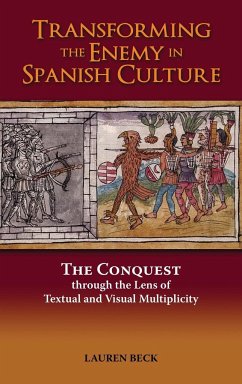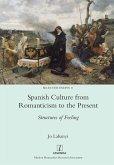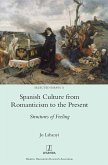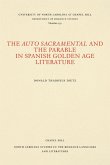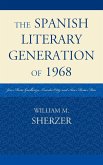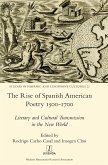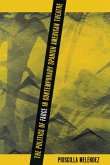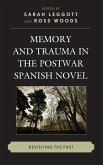*Includes rare color images. This book demonstrates the evolution of Spain's conceptualisation of its enemies, from biblical and Roman times to the early modern period, and it also illustrates how this transformative discourse became exercised upon Spain by its own enemies in Europe. Each chapter contributes to the study of multiplicity as both a problem to be studied as well as a scholarly methodology that anticipates the structure of the problem. This book is divided into three thematic sections, the first of which establishes the medieval roots for representing Spain's early modern enemies. The two chapters that compose this section respectively explore the naming and visualization of an enemy that was almost entirely Muslim. The second section of this book contains two chapters that explore the textual and visual references to Islam in the Americas during the conquest and early in the period of colonization. The last section of this book contrasts the quality of information conveyed by archival and mass-produced texts. The first of two chapters notes that Muslims indeed did come to the Spanish Americas in the early modern period. The archival research prepared for this chapter contrasts with the mass-produced images and texts in the last chapter, and it is argued that different qualities of information are communicated by mass-produced, and therefore shaped, discourse, rather than by uncirculated, unarticulated texts. That is, out of the archives, a different picture of Islam in the Americas emerges. The final chapter examines how Spanish-authored chronicles became transformed through translation, and with the attachment of new illustrations, into propagandistic tools designed to undermine Spanish conquest and claims on land. This book identifies and illustrates the discourse imposed upon Spain's enemies, and demonstrates how other Europeans used that same discourse to de-Occidentalize, disparage and criticize Spanish activities in the early modern period. Each chapter explores the implications of textual and visual multiplicity while questioning the impact multiplicity has had on the conceptualization of the conquest in more modern times. Scholars of history and literature will appreciate different aspects of this book's arguments. The former will encounter in-depth and copious archival sources about the conquest and its related themes, whereas the latter will enjoy the text-image and literary analysis of those aforementioned sources.
Hinweis: Dieser Artikel kann nur an eine deutsche Lieferadresse ausgeliefert werden.
Hinweis: Dieser Artikel kann nur an eine deutsche Lieferadresse ausgeliefert werden.

